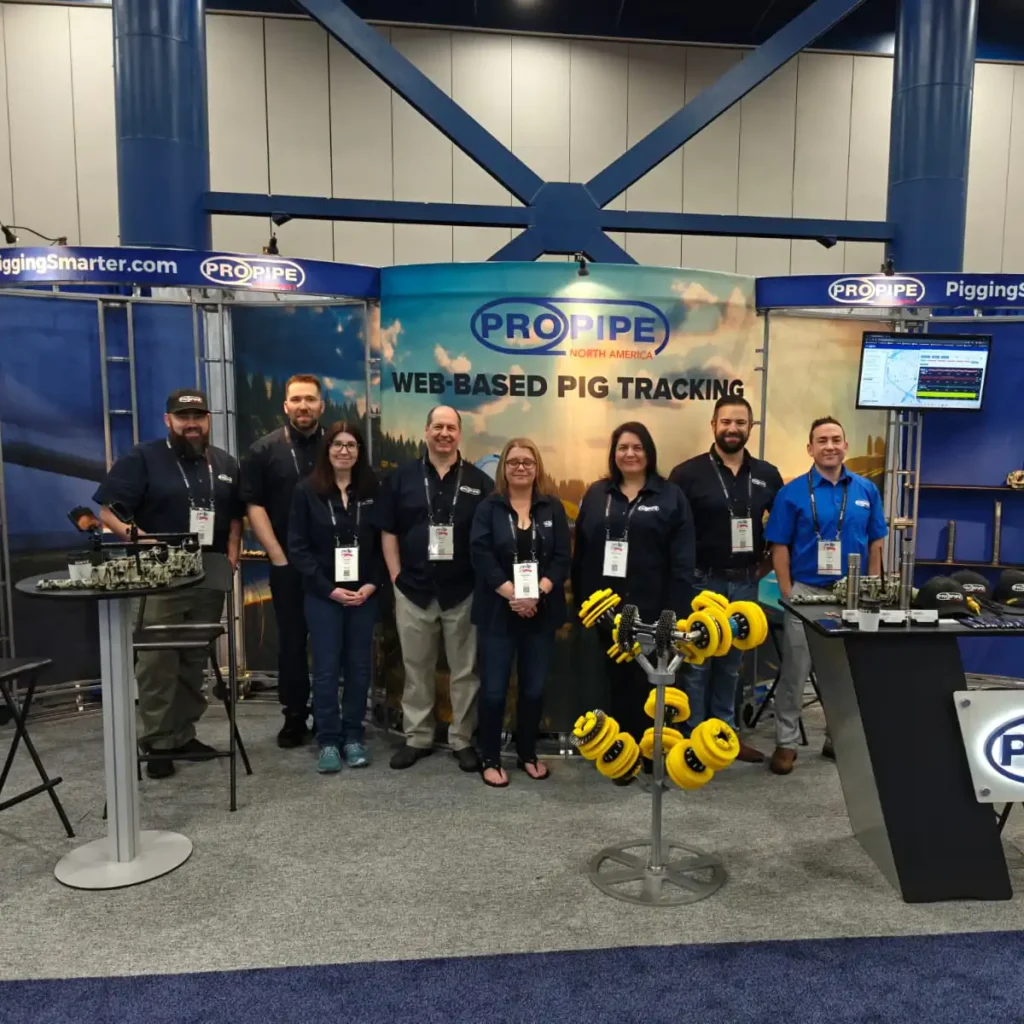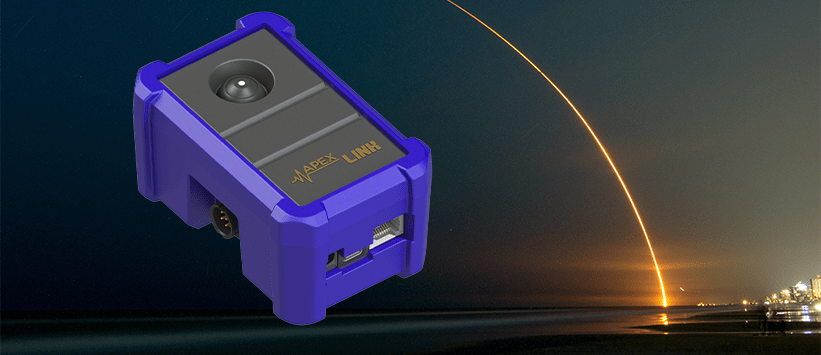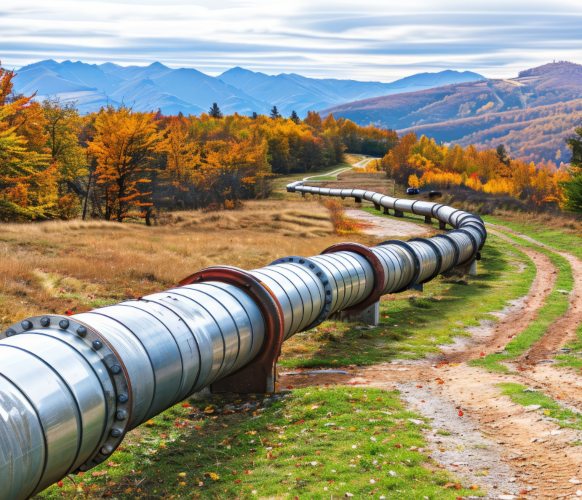In the ever-evolving world of energy infrastructure, maintaining the health and performance of pipelines is a safety and environmental imperative. As operators face increasing complexity, new regulations, and public scrutiny, forward-thinking solutions are emerging to meet these challenges head-on. One of the most exciting developments in pipeline integrity management today is the use of satellite monitoring technologies.
By combining satellite data with data-driven inspection tools like smart pigs and remote tracking systems, operators can now visualize their pipelines from above and within — leading to safer, smarter, and more cost-effective operations.
The Role of Satellite Monitoring in Pipeline Safety
Historically, monitoring pipeline corridors has relied heavily on aerial flyovers, foot patrols, and local reports. While these methods remain useful, they can be resource-intensive and reactive. Satellite technology, on the other hand, enables:
- Real-time surveillance over large, remote areas
- Change detection (e.g., new construction, vegetation growth, ground shifts)
- Environmental risk monitoring (landslides, flooding, erosion)
- Third-party activity detection, such as unauthorized excavations near pipeline right-of-way (ROW)
These capabilities are especially valuable in regions where manual inspection is difficult or costly. When used in conjunction with pipeline pigging and internal inspection data, satellite monitoring fills a critical gap in holistic integrity assessments.
The Benefits of Satellite Monitoring in Pipeline Integrity Management
Here’s why satellite monitoring is becoming a vital part of pipeline integrity management strategies across North America:
Early Risk Detection
Satellites help detect risks that aren’t always visible on the ground — like earth movement, erosion, or new construction within the ROW.
Better Resource Allocation
Operators can prioritize pigging runs and inspections based on satellite-identified areas of concern, leading to more efficient, targeted maintenance.
Enhanced Regulatory Compliance
By combining satellite surveillance with internal inspection logs, companies can demonstrate proactive pipeline safety measures to regulators and stakeholders.
Lower Operational Costs
Remote sensing reduces the need for extensive on-the-ground inspection, freeing up teams for higher-priority tasks.
Why This Matters for the Future of Pipeline Integrity Management
As pipeline networks age and expand into remote or high-risk areas, the need for smarter, more connected monitoring will only grow. Satellite data, once a futuristic tool, is now a practical resource for daily integrity management.
At Propipe North America, we’re constantly exploring ways to integrate emerging technologies into proven systems. While we specialize in pig-tracking solutions, like APEX AGM Above Ground Markers, we also recognize that pipeline safety is a collaborative effort — one that spans both below and above ground.
With decades of field-proven expertise and the backing of our UK-based parent company, Propipe Limited, we deliver a comprehensive lineup of tools and technologies for Inline Inspection (ILI) operations. Our approach blends hands-on experience with a strong commitment to innovation, problem-solving, and customer success. By spending time in the field and collaborating closely with clients, we continuously refine our solutions to meet evolving industry needs. And with 24/7/365 technical support, we’re here whenever you need us — ensuring your pigging operations stay on track and on schedule.

Want to learn how Propipe North America’s tracking and inspection systems can integrate with satellite monitoring platforms? Reach out today to discover how a multi-layered approach to pipeline integrity management can improve safety, efficiency, and peace of mind.



